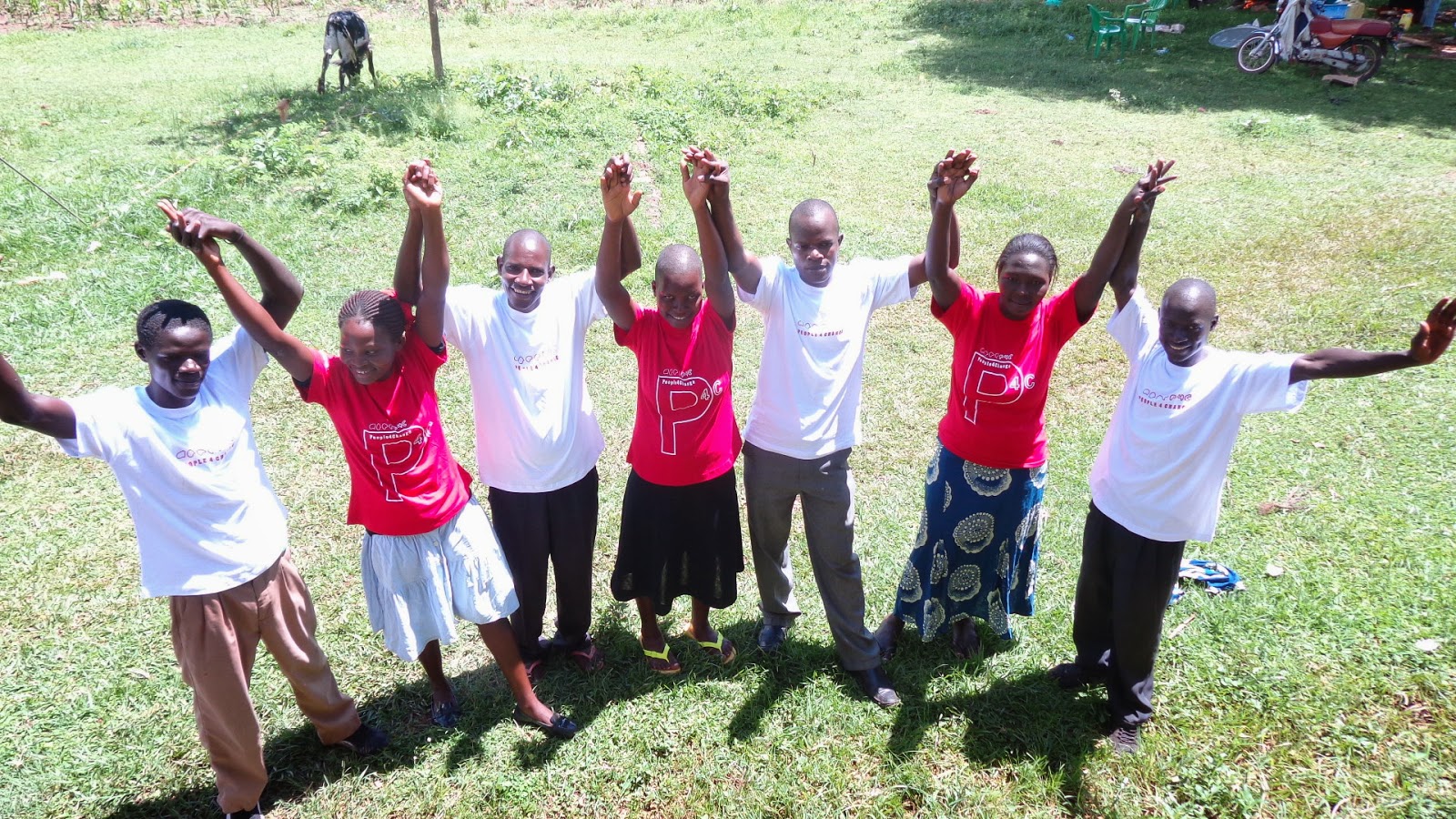What have we learnt from a 15,000 Euro Youth project support by the International Secretariat?
Since joining Busiki
LRP, I have heard the Youth being christened all sorts of names. The one I hear
most is, “the youth are the most
disoriented and most tasking lot to work with”. Well, the Youth themselves
vehemently disagree and usually give truck-loads of reasons for this, in their
defense. There’s an adage that says, “Never
judge a book by its cover”. Young people who are jobless, sidelined, have
no opportunities, are not integrated into community issues fully and have no
foundational skills are a liability and a high risk to a Country. Any Country!
Whilst still working
on its baby steps in relation to Youth, Busiki LRP received 15,000 Euros to
implement a Youth Project that focused on supported Youth to develop skills for
economic self-reliance beyond formal employment. Not only empower and
strategically anchor them for leadership, communication and most importantly,
constitutionalism as well as outlets to identify and nurture their talents.
Programmatic
interventions need long-term support structures to be effective in empowering
would be leaders, change agents and models. The huddles faced by the Youth are
in the contexts of group and social insufficiencies such as programs, sports
and debates that in turn give rise to identity, self & group confidence as
empowerment and nurtured leadership should be key. A broad-based “blanket”
approach of ad hoc interventions on this front targeting large numbers of Youth
does not lead to sustainable benefits rather, creates a buzz.
I have established
that when the Youth are accorded participatory roles in initiating, harnessing
and nurturing their own programs, they are more likely to develop their
leadership skills incrementally. However, it is not enough to avail resources
both financial and human, however; it is prudent to involve the Youth in
designing plans, implementation of activities, monitoring and reporting success
stories as well as highlighting failures.
It is prudent to
design Youth programs that offer specific spaces for customized engagement of
the female Youth in relation to time, spaces and content. M & E frameworks
should also disaggregate the Youth outcomes on gender basis to accommodate an in-depth
analysis of program design and relevance to the female Youth. As such, explicit
attention must be paid to young women to ensure that all programs take root and
“grow”.
Wittingly or Unwittingly,
Governments and Organizations fund Youth programs to the tune of “a drop in the
ocean” and expect outcomes that are not commensurate to the time, effort and
resources – human and financial. To mitigate the realization of desired
outcomes in working with the Youth, it is prudent that contextualized operation
strategies be in place to support and partner with Youth in different regions.
This aspect caters for diversity of cultures and ideals.


Comments
Post a Comment